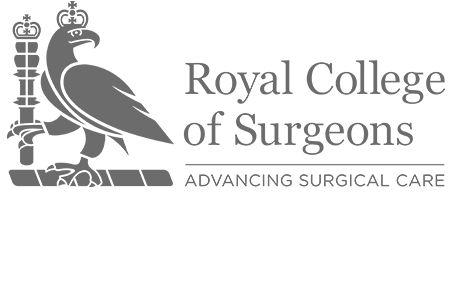Cervical disc herniation
A “slipped” or herniated disc in the cervical spine can produce neck and arm pain. Patients often report pain shooting down the arm to specific fingers, reduced sensation or a reduction in strength. The key investigation is an MRI scan to identify nerve root compression – and this occurs where the cervical nerve branches off the spinal cord.
As with a lumbar disc herniation, most patients improve over 4 – 6 weeks with analgesia and rest. Non-operative treatments include a cervical nerve root injection that can be used to confirm which nerve root is the source of the symptoms. If symptoms persist, surgical intervention can be considered and options include a posterior foraminotomy or an anterior cervical discectomy and fusion (ACDF).
Sometimes the site of compression is more central resulting in compression of the spinal cord and is termed cervical myelopathy. This is more common in patients over 55 years with degenerative changes in their neck. Patients often experience vague sensory and motor symptoms in their upper and lower extremities including difficulty with delicate tasks, difficulty walking with loss of balance and rarely bladder, bowel and sexual dysfunction. Surgical intervention is to prevent any further deterioration and this can involve either an anterior or posterior decompression.




